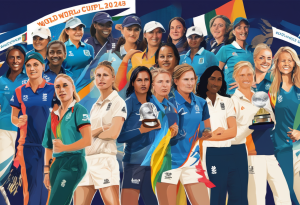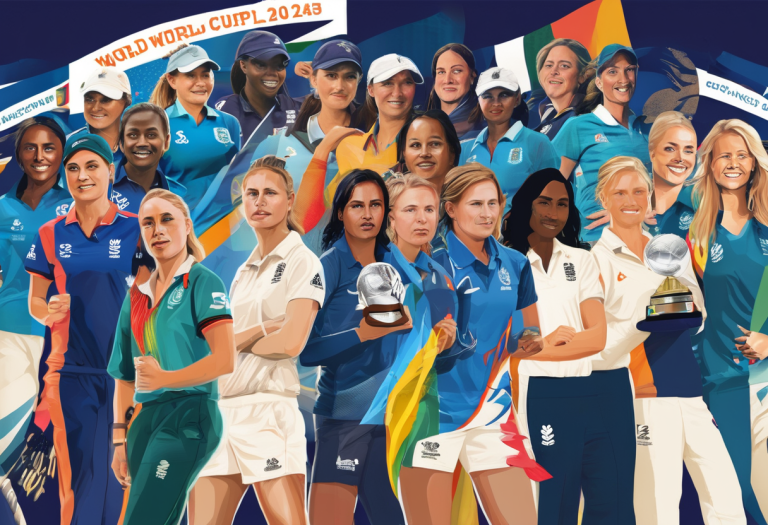As the saying goes, “you can’t improve what you don’t measure.” This holds true for any sport, including women’s cricket. The advancement of technology and data analysis has greatly affected the development and growth of women’s cricket, especially in major tournaments like the ICC Women’s World Cup. With the upcoming World Cup in 2025, the use of statistical analysis will play a crucial role in elevating the level of play and providing insight into the strengths and weaknesses of players and teams.
Statistical analysis involves gathering, organizing, and interpreting data to reveal patterns and trends. In the context of women’s cricket, this can be used to assess performance, identify areas for improvement, and make informed strategic decisions. For instance, analyzing data on batting, bowling, and fielding can help coaches and players develop game plans for specific opponents. It can also provide crucial information on players’ fitness levels, helping to prevent potential injuries during the tournament.
The impact of statistical analysis is not limited to just the players and teams, but it also translates to the fans and the overall growth of the sport. With the increasing popularity of women’s cricket, the use of data analysis adds another layer of excitement and engagement for fans. It also helps to increase the credibility of the sport and showcase the talent and potential of female cricketers.
In conclusion, the role of statistical analysis in the ICC Women’s World Cup 2025 cannot be ignored. It has the power to revolutionize the game and contribute to the overall development and growth of women’s cricket. With advancements in technology and the increasing emphasis on data-driven decision-making, we can expect to see a highly competitive and entertaining tournament in 2025. Let us embrace the impact of statistical analysis and look forward to witnessing the evolution of women’s cricket in the upcoming World Cup.







